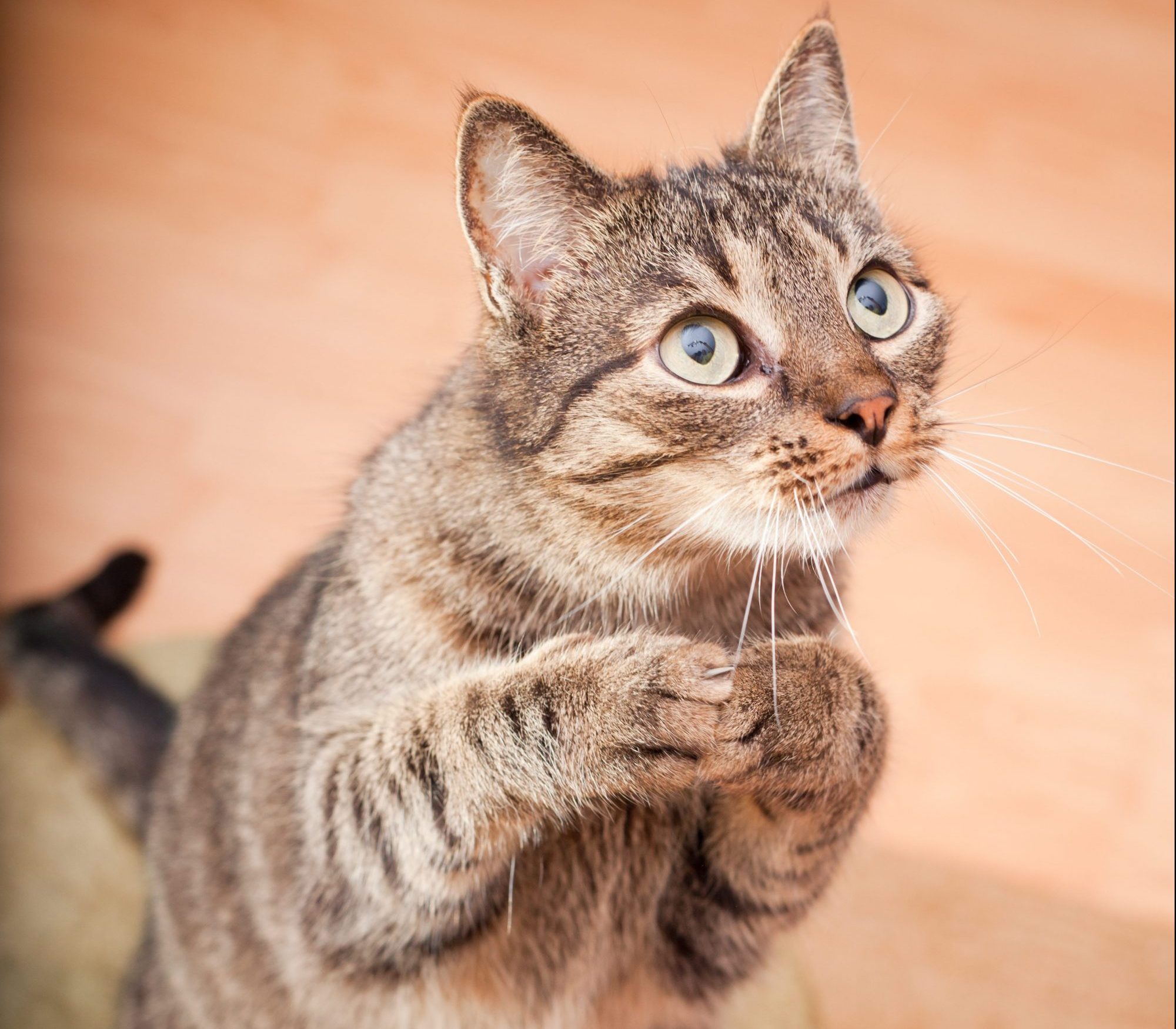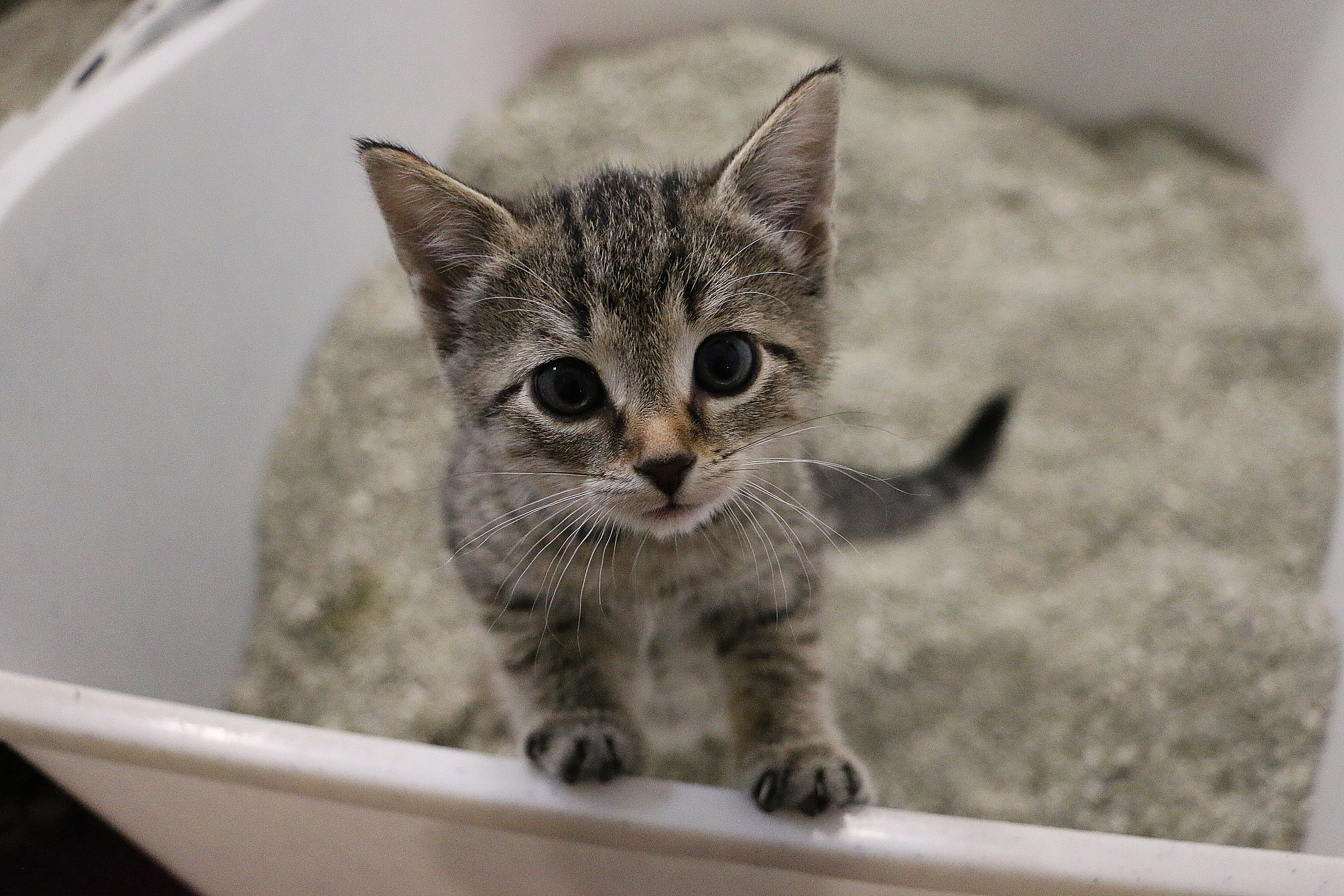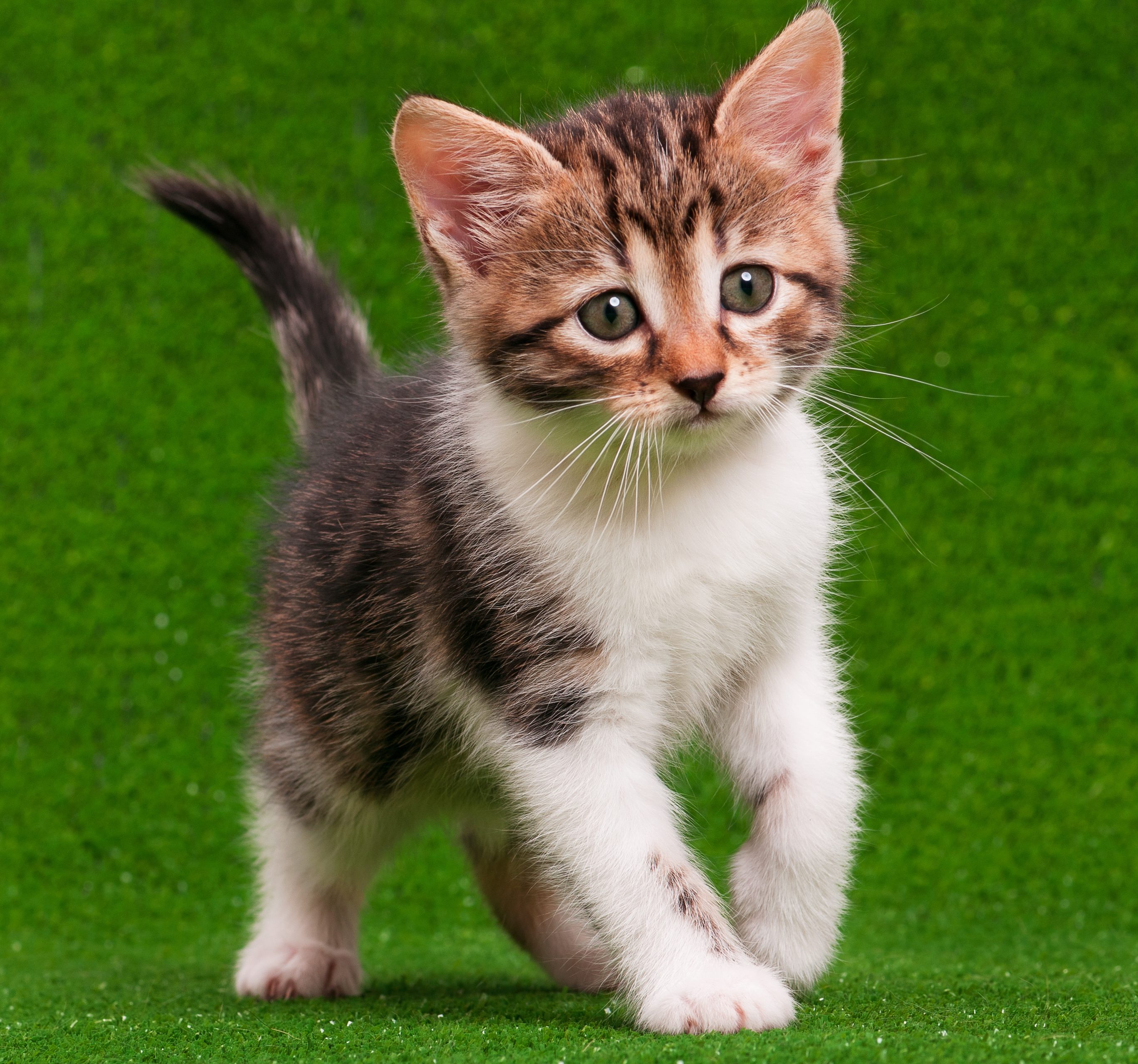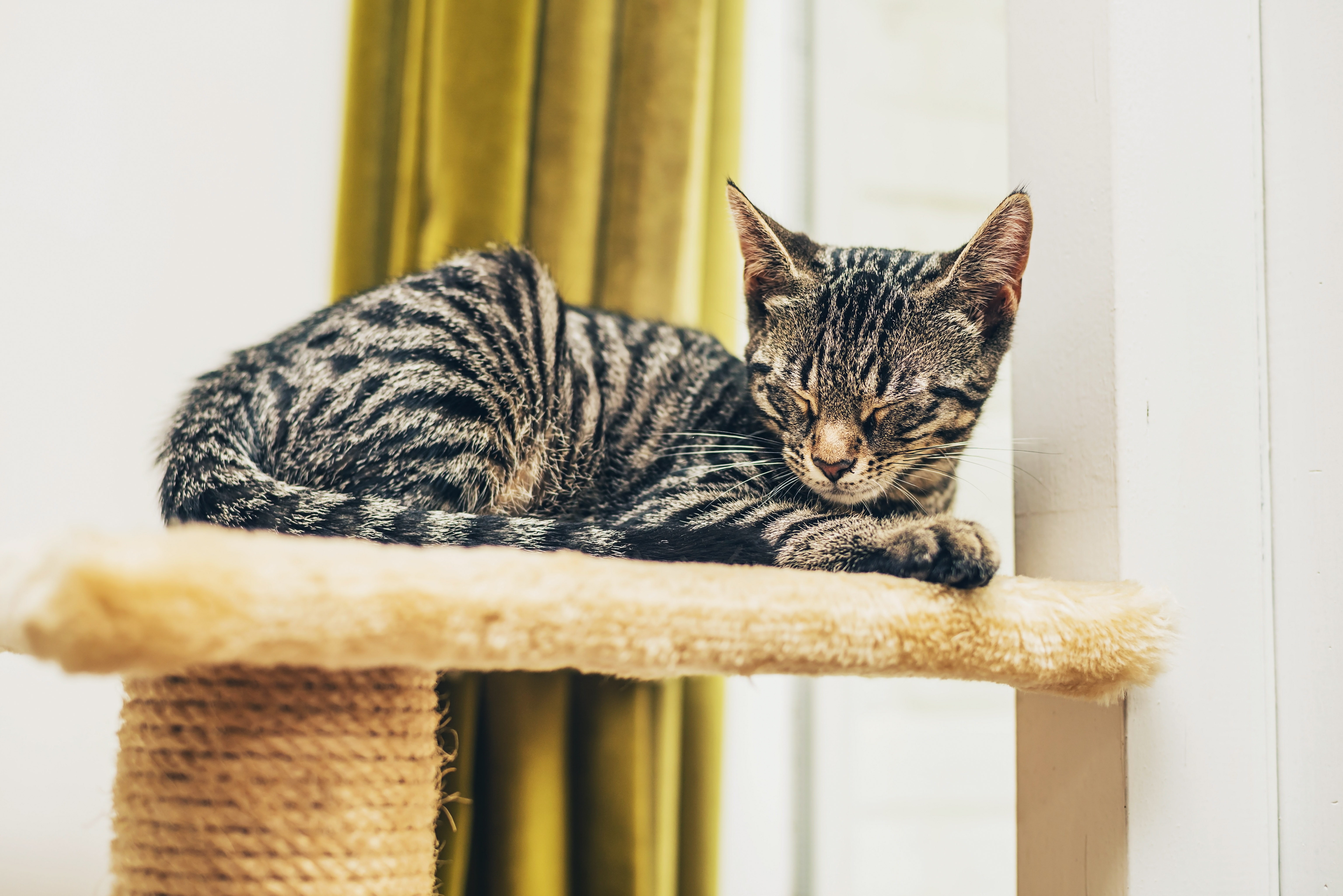Essentials for Cat Grooming
Stacy Mantle //January 4, 2017//
The cat originally began its partnerships with humans about 10,000 years ago in the Fertile Crescent, living as a desert animal and, as such, had a very short coat that needed minimal attention. Longhaired cats are the result of centuries of selective breeding and require substantial care to keep their coats and skin healthy.
While it’s true that most felines are fastidious about their fur, they still need some human assistance on occasion—this is particularly true for senior or overweight cats. It’s been a long process to educate cat owners on their pet’s needs, but we’re finally seeing a shift toward cat grooming and hygiene care for cats, as well as adding cat grooming to their list of services.
“Retailers should understand that having a cat grooming facility within their store is quite different than having an in-store dog grooming facility,” said Adrienne Kawamura, owner of City Kitty Grooming, LLC. “Cats don’t do well with barking dogs. Dogs love all the interaction and activity, whereas cats do not. Territory is the most stabilizing factor in a cat’s life. They are bonded to their territory. When they are taken out of their territory, the stress level goes up. They require a quiet, peaceful environment. Of course, the more they experience the grooming process, the more trust they have in the grooming process.”
Coat Concerns
The condition of a cat’s coat is an important indicator of their overall health. Excessive chewing, scratching or bald spots can indicate a range of dermatopathy (any disease of the skin). Since cats are so conscious of their coats, these skin conditions can indicate more serious health problems that range from nutritional deficiencies to diseases like hyperthyroidism or even cancer.
“Studies indicate that between 6 and 15 percent of feline patients have at least one dermatopathy [skin disease] and many cats suffer from more than one,” according to Cornell Feline Health Center. “Among cats presented to the dermatology service at the Cornell University Hospital for Animals, for instance, a recent study showed that 22 percent had evidence of two skin diseases and 6 percent have three distinctive skin diseases.”
Some conditions are more easily resolved. For example, feline acne may be as simple as changing from a plastic feeding bowl to a stainless steel bowl. Other conditions, like dandruff or hot spots, can be more difficult to diagnose and may be indicators of poor nutrition, hydration, parasites or even an overgrowth of yeast. There are now a number of medications and natural remedies that have been proven beneficial to cats.
“Our Feline Essentials Kit combines the healing power of our Skin Rescue Lotion with the soothing qualities of our organic Rosemary Feline Shampoo Bar,” said Peter Krumrie, manager of DERMagic & Retrieve Health Product Line. “This combination effectively resolves many types of skin problem in cats, but can also be used to regularly maintain healthy skin and fur.”
Regular grooming sessions can help owners spot problems before they start. Cats should be brushed regularly. Not only is this a great way to help owners bond with cats, but it will help improve the coat, as brushing removes dead skin and fur while distributing natural oils throughout the coat. Regular brushing is especially beneficial as cats mature and are no longer as meticulous about grooming. Choosing the right brush can help make these sessions relaxing for both the cat and the owner.
“The Groom Genie is the perfect solution for in-home groomings,” said Rikki Mor, founder of Groom Genie. “It is lightweight, easy to hold and the three bristle lengths really help to get through any knots or mattes. In addition, the bristles provide a massage-like experience for your pet.”
Bathing Options
Cat wipes are also becoming essential for quick, in-home grooming care. Using these types of wipes can help reduce airborne allergens and keep both pets and owners healthier.
“Cats that are kept indoors track dust and bacteria from litter boxes around the home, and outdoor cats bring in allergens from the outside on their fur/coat and paws, so QuickBath Cat Wipes are an effective, healthy and convenient solution for in the home or on the go,” International Veterinary Sciences’s (IVS) Ara Bohchalian said. “This can also help greatly reduce hairballs, which are a common challenge for cat parents everywhere.”
Bathing a cat may not be a challenge all cat owners are ready to take on quite yet, but for those who have established a care regimen, there are a number of safe shampoos that can help reduce shedding, decrease dander and improve overall health of cats.
“We all know how much shedding our furry friends can do,” earthbath President Paul Armstrong said. “And that is why we have reformulated our popular Green Tea and Aloe Shampoo, which has always been an antioxidant formula, into an even more effective Shed Control Shampoo. Then we developed a Shed Control Conditioner to go with it. They work best as a system to control shedding and dander. One of the secrets to this new product line is the fair trade organic shea butter, which is wild-gathered and cold-pressed by the rural Uganda Shea Processors Association (NUSPA), a cooperative run by women in rural Uganda. We are proud to be able to support these women and their families who in turn enable us to create an amazingly effective product for pet lovers everywhere.”
For those who dare not give their cats a bath, waterless shampoos are also popular solutions, but it’s important to choose a formula specifically designed for felines.
“Waterless Foam Shampoo and Eye & Ear Wipes are great for cats,” said Gina Dial of John Paul Pet. “We did a grant with Eye & Ear Wipes through Petfinder a few years back to five cat rescues, asking them to wipe the cats faces twice daily for six weeks. It all but obliterated the dreaded upper respiratory infections in the shelters, which is a big problem with cats.”
Presentation is Key
Choosing safe, effective products to display is how retailers can best assist increasing awareness of cat care at home. Display racks focused on grooming solutions and educated employees who can direct their feline-focused clientele to the proper products are of key importance.
“Retailers can help consumers with grooming products available in their store by understanding the skin and hair of a cat,” said Adrienne Kawamura, owner of City Kitty Grooming. “There are tools that are different for shorthaired cats than longhaired cats and there are products much more suited for cats than for dogs. This would be up to the store manager to learn the basics of cat grooming so that they could pass that information down to employees.”



















